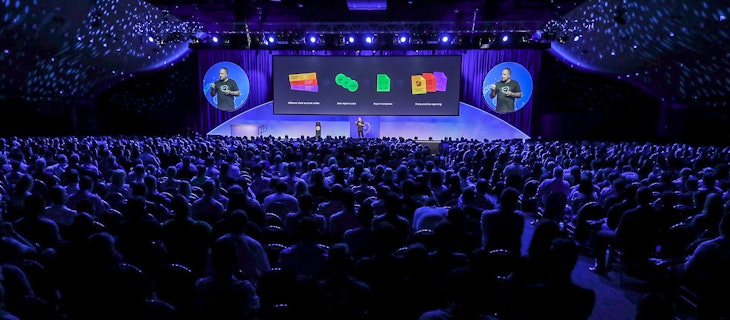
Future proof your career: The guide to never being out of work
The future of work is an uncertain minefield; one where career path, reputation, and financial security faces new challenges from the likes of technology and its role within it.
Will my job be outsourced to artificial intelligence? Will my skills be obsolete in 2/5/10 years time? The solution to avoid obsolescence may be a trait called T-Skills – and it’s something you can work on today.
What is a T-shaped person?
A ‘T-shaped person’, as championed and popularised by IDEO CEO Tim Brown, is someone who demonstrates a depth of skill in one area (the vertical stroke) as well as a breadth of knowledge across other disciplines (the horizontal stroke). T-shaped people are respected for their deep knowledge and expertise in a particular area, and further valued for their ability to use their breadth of knowledge to approach creative solutions from other perspectives and integrate with multi-disciplinary teams.
Empathy plays a big part in forming a strong horizontal T-stroke. According to Brown, T-shaped people, “tend to get very enthusiastic about other people’s disciplines, to the point that they may actually start to practice them”. That enthusiasm often leads to deeper understanding, enthusiasm and thus, better collaboration.
Are there other shapes in the workplace?
Of course! And they’re not bad. A non-crossed T, someone who only has a deep expertise in one area, is known as an I-shaped person. Then there’s the X-shaped person; someone who displays depth of knowledge as well as professional credibility and combines these together to become a team leader, propelled forward by strategic thinking and the ability to manage other people.
There’s value in all shapes in the workplace, so when we’re thinking about how to prepare for the future of work, becoming a T-shaped person is a no-brainer. There’s one thing that robots and A.I won’t be able to replicate and replace in a hurry, and that’s teamwork and collaboration, the very thing T-shapers excel at.
What industries benefit most from hiring T-shaped people?
If your company collaborates across teams or designs products for humans, then they will likely benefit from T-skilled people. From creative agencies to architectural firms, to mechanical engineering groups, industries that keep up with technological innovations and advancements in the workplace will need to hire agile (read: T-skilled) people.
Ok, how can I become a T-shaped person?
Is that Bachelor’s Degree or Masters you proudly spent so many years on now moot? Absolutely not. That deep learning is the foundation of your T-shape, and there are myriad ways you can expand your horizontal stroke to ensure you maintain a breadth of knowledge across other disciplines.
- Read, read, read - Focus on reading about subjects outside of your area of expertise to really increase the worth of your T-stroke.
- Be curious - Use the people in your workplace to your advantage. If there’s someone in another department you’re keen to explore, invite them out for a coffee and pick their brain to get the ball rolling.
- Be interested - Don’t just learn a little bit. The best T-shapers focus on a couple of disciplines outside their field of expertise, but they know enough to contribute to many and can even execute across a few.
- Be active - Once you’ve amassed this knowledge, put it into practice to cement and ingrain this within you even further. Are you a developer with a strong interest in photography? Make a pinhole camera and get snapping.
- Skill up - Soft skills, that is. According to a recent article from The Australian only a shocking 1% of grads list teamwork, problem-solving, professional ethics and understanding other people’s perspectives as part of their CV skill set, when they’ve actually never been more important to put forward to prospective employers.
There is always going to be a place for specialist I-shapes and enigmatic X-shapes. But the real opportunity for job security and continued success in the workplace is to increase the pool of T-shaped people and embrace the idea of interdisciplinary collaboration.
It’s never been more important to cross your T’s.


